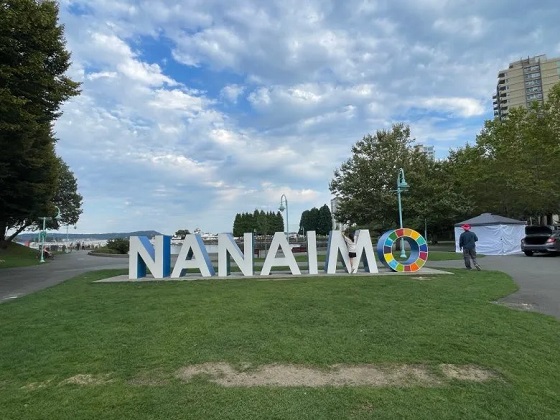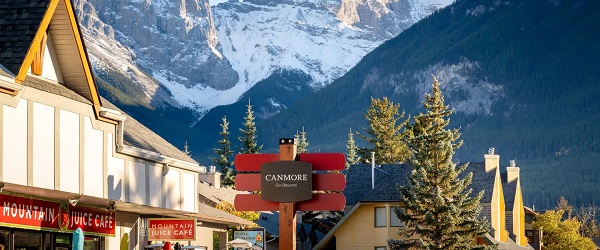National
Court rules against suicide prevention group, undermining freedom of religion
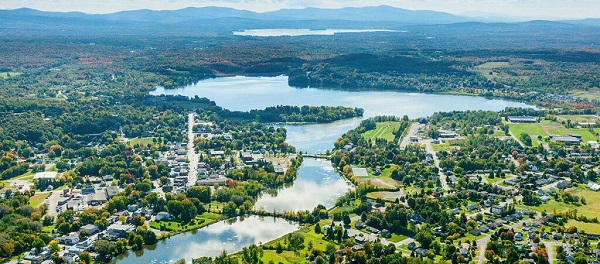
The Justice Centre for Constitutional Freedoms announces that the Municipal Court of Waterloo has upheld the ticketing of a volunteer of the suicide prevention group Le Groupe Jaspe in a decision that undermines freedom of religion in Quebec.
Le Groupe Jaspe was founded in 1999 by Claude Tremblay following the suicide of his son. In an effort to engage with suicidal and desperate people, Mr. Tremblay set out to knock on every door in Quebec’s 1,000 cities and towns. Since then, he and his team of 70 volunteers have reached over 770 towns and villages across Quebec with a message about the value of life.
On October 30, 2024, the City issued a ticket to one of the group’s volunteers for going door-to-door without a permit. The City claimed the activity violated a bylaw requiring a permit for solicitation.
With help from the Justice Centre, Le Groupe Jaspe challenged the application of the bylaw to the volunteer on the grounds that it violated their freedom of religion – protected by section 2(a) of the Canadian Charter of Rights and Freedoms.
The case was heard by the Municipal Court of Waterloo on February 10, 2025.
The City argued that the legal landscape had shifted since the passing of Quebec’s 2019 Loi sur la Laïcité de l’État (Act Respecting the Laicity of the State), which affirms the state’s religious neutrality.
On May 26, 2025, the Court concluded that the bylaw could be enforced against the volunteer of Le Groupe Jaspe. However, the Court did find that Loi sur la Laïcité de l’État does not provide the state with unlimited power to limit such activities.
Constitutional lawyer Olivier Séguin, who argued the case, expressed disappointment with the ruling.
“This decision suggests that municipalities can suppress peaceful religious expression in the public square through permitting rules—something the Charter is meant to prevent,” said Mr. Séguin. “This ruling stands in tension with prior court decisions that affirmed the right to share one’s faith publicly. It raises serious concerns about the future of religious freedom in Quebec.”
International
Trump claims Canada “considering” becoming 51st state in exchange for Golden Dome

Quick Hit:
President Trump said Canada is weighing a proposal to become the 51st U.S. state in order to join his “Golden Dome” missile defense program at no cost. The claim comes amid growing tension with the British monarchy and Trump’s increasingly bold rhetoric on North American unity.
Key Details:
- Trump: Canada can join the Golden Dome for free if it becomes a state — or pay $61 billion as a foreign nation.
- The comments followed King Charles III’s indirect rebuke during a speech in Ottawa.
- Trump previously imposed steep tariffs on Canadian imports and called Trudeau “governor” of the 51st state.
President Trump says he’ll waive Canada’s $61 billion price tag for the Golden Dome if they become the 51st state.
Says they are considering the offer.
Art of the deal🤣 pic.twitter.com/zQHVZnIRc4
— Benny Johnson (@bennyjohnson) May 27, 2025
Diving Deeper:
President Donald Trump stirred international attention Tuesday by claiming Canada is “considering” statehood in order to gain entry to his Golden Dome missile defense system — a proposal that would carry a $61 billion price tag if the nation remains independent.
In a post to Truth Social, Trump wrote: “I told Canada, which very much wants to be part of our fabulous Golden Dome System, that it will cost $61 Billion Dollars if they remain a separate, but unequal, Nation, but will cost ZERO DOLLARS if they become our cherished 51st State. They are considering the offer!”
The provocative statement came just hours after King Charles III, speaking before Canada’s Parliament, appeared to allude to Trump’s annexation ambitions with a subtle yet pointed critique. Without naming Trump directly, the monarch acknowledged that “many Canadians are feeling anxious and worried about the drastically changing world around them,” adding that the nation faces challenges “that, in our lifetimes, are unprecedented.”
Though largely symbolic, the King’s remarks echo growing unease among Canadian leaders over Trump’s increasingly assertive tone. He first floated the idea of Canadian statehood last year, derisively labeling then-Prime Minister Justin Trudeau as “governor” and placing stiff tariffs on Canadian exports that failed to meet U.S.-Mexico-Canada Agreement (USMCA) criteria.
While relations have warmed slightly under Trudeau’s successor, Mark Carney, Trump has continued to press the issue. Hosting Carney in the Oval Office earlier this month, Trump told reporters, “Never say never. I’ve had many, many things that were not doable and ended up being doable.”
The Golden Dome system — a high-tech anti-missile shield touted by Trump as America’s next-generation defense apparatus — has become a centerpiece of his second-term national security agenda. Critics have questioned the feasibility and cost, but Trump’s pitch has resonated with populist themes of strength and sovereignty.
Energy
Ending energy poverty among Indigenous communities is essential

Haida Heritage Centre, Haida Gwaii, Queen Charlotte Islands
From Resource Works
Halting funding for natural gas expansion cut off many Indigenous communities from affordable energy.
Energy poverty in Canada is both an urgent and underreported crisis that is affecting Indigenous, rural, and remote communities across the country.
This is a resource-rich country, but Canada has continually failed to remedy the glaring energy affordability and accessibility gap in these communities. In particular, Indigenous families and households have to face disproportionately high energy costs due to their geographic isolation, a lack of built infrastructure, and neglect during policymaking.
In a report for the Energy for a Secure Future, authored by Heather Exner-Pirot, titled “The Other Energy Security: Addressing Energy Poverty in Canada’s Indigenous Communities,” she lays out these many problems that must be fixed.
It is a dire situation, with remote Indigenous communities being forced to spend over three times more of their household income on energy than the Canadian average. Twenty-six percent of Indigenous households fall into the category of energy poverty, as defined by the Canadian Urban Sustainability Practitioners (CUSP).
Many families spend more than six percent of their disposable income on energy, and this has worsened in recent years as energy costs rise with inflation and other present economic hardships.
Natural gas is the most plentiful and affordable source of household energy in Canada, but it cannot be accessed by many Indigenous communities that lack pipeline infrastructure. Although natural gas is cheaper and cleaner than diesel, propane, heating oil, or wood, the expansion of gas infrastructure into remote regions has hit snags in recent years.
From the 1980s to the 2000s, Ottawa supported the expansion of infrastructure to rural areas in a bid to alleviate affordability issues. However, the shift to reducing emissions and growing renewable energy has resulted in a lack of support for natural gas infrastructure.
This has had the counterproductive effect of leaving Indigenous communities with higher costs and higher emitting fuels like heating oil and diesel due to a lack of alternatives. As a source of energy, diesel is handy and reliable, but is expensive, heavily polluting, and expensive to transport into remote areas.
Renewables like solar and wind help to meet climate goals, but they are not feasible in remote northern communities because of their unreliability and high upfront costs. Phasing out fossil fuels in rural and remote Canada is a bad decision for the people affected without a fair transition strategy.
Many of the Indigenous leaders featured in Exner-Pirot’s report expressed grave concerns about the impact of energy poverty in their communities. They cited the many difficult choices that they have to make, such as having to pick between adequate heating or food.
These leaders are frustrated with the decisions made by distant authorities that prioritize ambitious sustainability goals instead of immediate, practical solutions. Many explicitly called for the expansion of natural gas, declaring it to be feasible, cost-effective, and cleaner than their current options.
One of the more striking statements is their assertion that withholding federal funding from natural gas projects actively denies Indigenous communities relief from energy poverty.
There is good evidence that reveals the benefits of expanding natural gas.
Red Lake, Ontario saw its energy costs fall by 70 percent once it was connected to natural gas infrastructure. Alberta’s Bigstone Cree Nation formerly used propane for decades, but then saw their energy security and affordability greatly improve after the province expanded the natural gas network.
The O’Chiese First Nation, also in Alberta, has been a model for energy autonomy and energy development, having harnessed its natural gas production for the benefit of the whole community.
Exner-Pirot’s report ends with several clear recommendations:
- Equal treatment of all fuels under carbon pricing to eliminate undesirable incentives
- Expanded eligibility for funding programs to include transitional fuels like natural gas
- Financial support for Indigenous-led energy security projects
- Explicit provincial targets and timelines for natural gas infrastructure expansion, using Ontario’s Natural Gas Expansion Program as a model
There is no debate that Canadian energy policy in Indigenous and remote communities has to change immediately. As they currently stand, they are exacerbating energy poverty by cutting out transitional and practical solutions.
No one-size-fits-all approach works for the countless Indigenous communities that reside in Canada, and they each need a tailored approach that respects their geographic and economic realities, as well as their right to self-determination.
-

 Fraser Institute2 days ago
Fraser Institute2 days agoFederal government’s ‘affordable housing’ strategy doomed without strong income growth
-
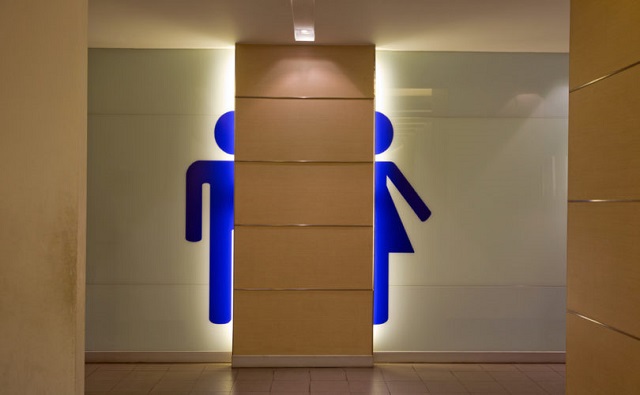
 Health2 days ago
Health2 days ago21 Canadian doctors demand review of transgender drugs, surgeries for children
-

 Alberta2 days ago
Alberta2 days agoAlberta providing additional $7 million to Grande Prairie to help transition to municipal police service
-

 COVID-191 day ago
COVID-191 day agoDr. Malone: Trump admin takes step in right direction with new COVID shot guidance
-
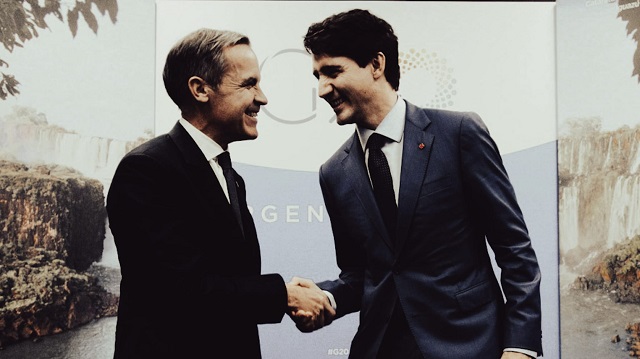
 Carbon Tax2 days ago
Carbon Tax2 days agoCarney picks up Trudeau’s net-zero wrecking ball
-
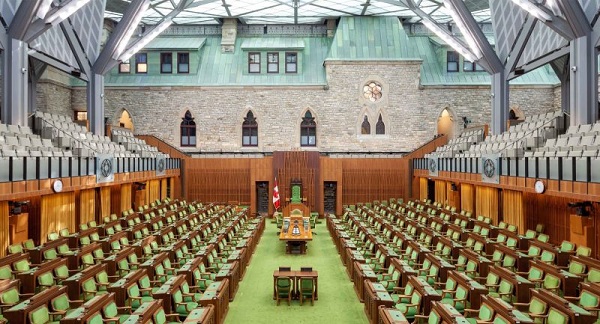
 Business19 hours ago
Business19 hours agoCarney government’s throne speech—different delivery, same old approach to policy
-
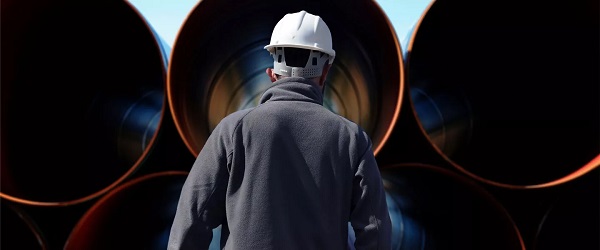
 Energy1 day ago
Energy1 day agoOttawa’s mixed signals create more uncertainty in energy sector
-

 COVID-192 days ago
COVID-192 days agoCDC no longer recommending COVID shots for healthy pregnant women, children


